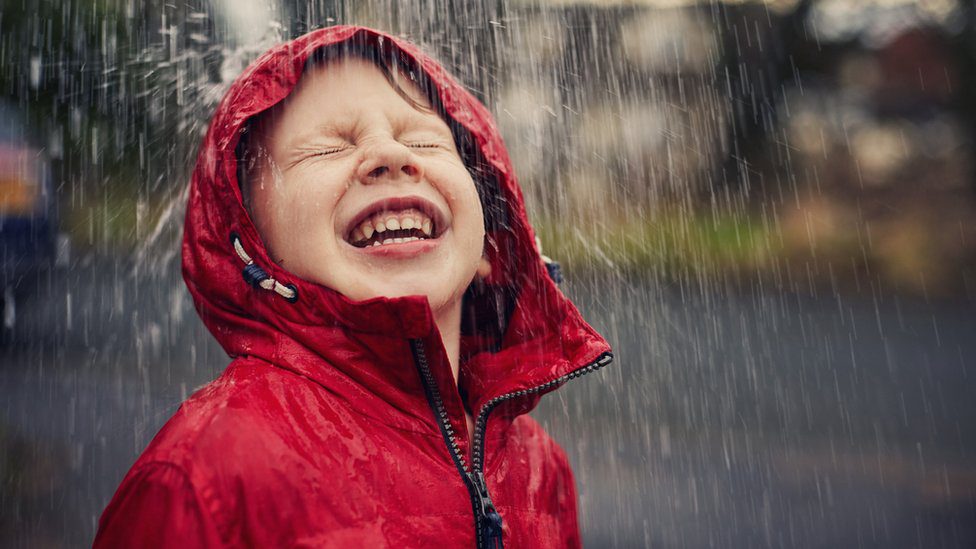Global Courant 2023-04-17 17:57:34
“Well, because it represents the chances of it raining in your city”, some will have answered you, almost surprised by how basic the answer to your question seems to be: “and the statistics are never 100% accurate”.
And to add fuel to the fire, you will have seen some TikTok videos in which they explain that what the percentage reflects is the certainty that meteorologists have that it is going to rain in a certain area, based on measurements of factors such as temperature, atmospheric pressure and wind speed.
With such varied and diverse explanations for something that seems to be so simple, at BBC Mundo we decided to look for a more exact explanation of what that number represents, and we realized that, in a way, everyone is right.
Chance of precipitation
In order to establish what this percentage really means, let’s start by reviewing the definition given by the US Weather Service: “the probability of precipitation simply represents the statistical probability that there will be 0.01 inches (0.25 mm) or more of precipitation (whether rain, snow, or hail) in a given area within the specified period of time.”
EPA To calculate the probability of precipitation, different meteorological factors are taken into account.
The percentage takes into account different factors to express in a statistical value the probability that precipitation will occur at a given point.
“Let’s look at an example of what this probability means,” the weather service says in its definition.
“If the forecast for a certain district says that there is a 40% chance of rain this afternoon, it means that there is a 40% chance that it will rain somewhere in the district between noon and 6 pm,” he adds.
Using this definition, the more specific and accurate the atmospheric data collected in the observed area, the more accurate the percentage probability will be.
This explains why the data provided by different meteorological services vary (although not by much).
Two measurements, same result
Reuters Weather models are used to help prevent major tragedies at weather emergency sites.
In order to make a forecast, a meteorological analyst multiplies two factors: the certainty he has that a precipitation system will form or approach, calculated through atmospheric measurements, by the extension -the physical area- that said precipitation is expected to have. system within the analyzed territory (only two decimal points are moved to this result and the probability of precipitation is obtained).
This indicates that the same percentage of precipitation can be reached by having different values for each factor.
To see that idea in play, let’s go back to our example of the district with a 40% probability of precipitation: if an analyst were 80% certain that it would rain in that district (by measuring wind speed, air temperature, air, humidity, etc.) but you only expect the system to cover 50% of the area, it will say that there is a “40% chance of rain” during that time period.
BBCThe rain forecast for Miami, where one of our BBC Mundo offices is located
On the other hand, if another analyst estimated that the precipitation was going to cover 100% of the analyzed area, but had only 40% certainty that this precipitation was going to reach the district, he would obtain the same result: “40% probability of rain %” at any point in the district during that period of time.
Small variations between systems
Each meteorologist will have their own measurement and data collection models to calculate the probability of precipitation at the sites they analyze – and some will be more accurate than others.
Getty Images The important thing is to find a system that matches what you see in your area, because it may have better atmospheric data for your area.
The important thing is to identify how accurate are the atmospheric data collection methods that each service has in the specific area in which you are, something that can be done by comparing them and reviewing which one best suits the reality that you observe through your window.
And, of course, one cannot forget that, since meteorology is based on probabilistic models, it is far from infallible.
If you rely solely on weather forecasts, it’s inevitable that one day, no matter how good the system you use, you’ll go out without an umbrella because an app told you to and get caught in a downpour.
Remember that you can receive notifications from BBC Mundo. Download the new version of our app and activate them so you don’t miss out on our best content.








